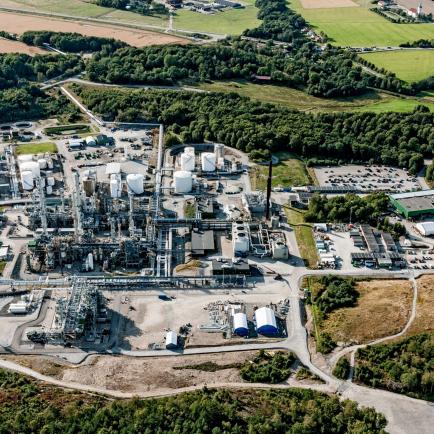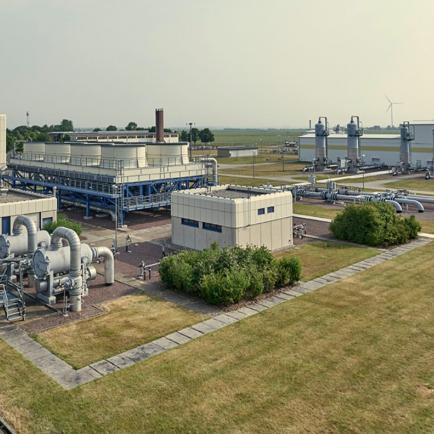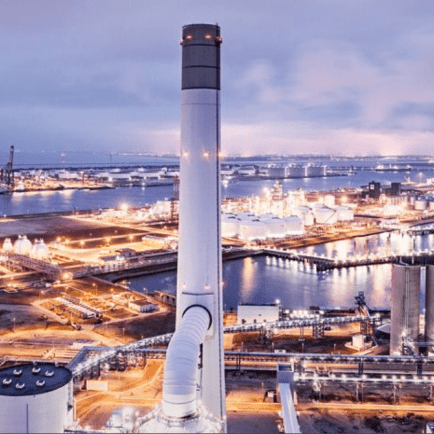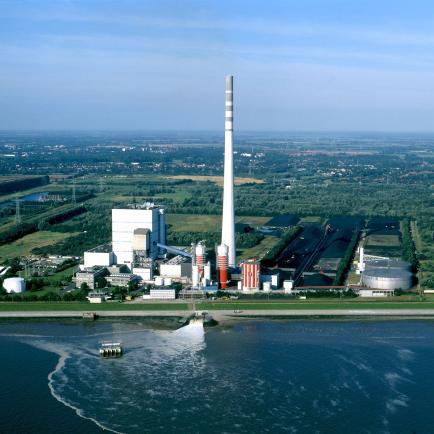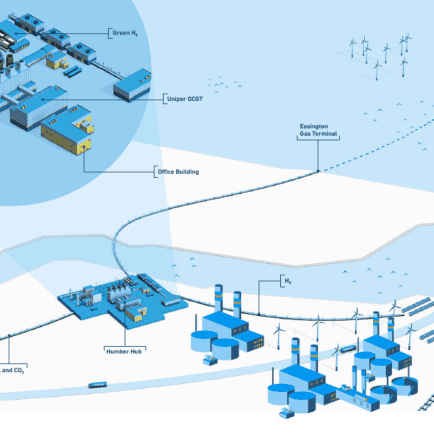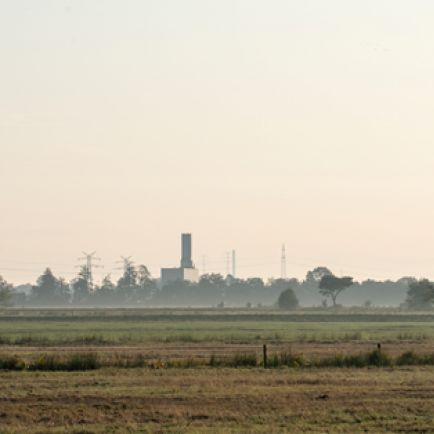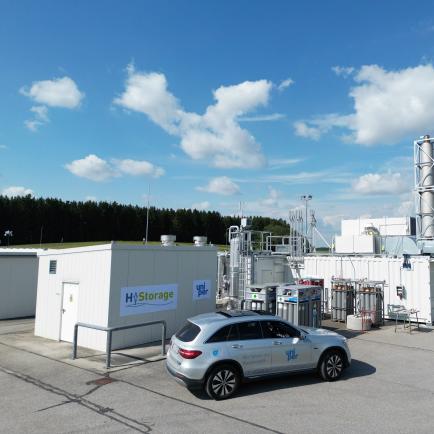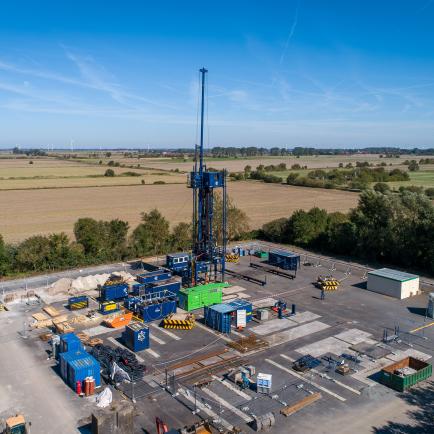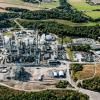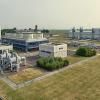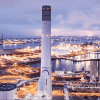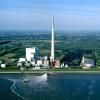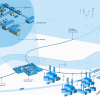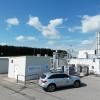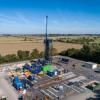Ambitious visions set by the EU, its Member States and the UK provide an unprecedented momentum in developing a European hydrogen economy. By 2030 EU's hydrogen roadmap is heading for 40GW production capacity with 5GW expected to be installed in Germany alone. Uniper will greatly contribute to this goal. Uniper’s presence throughout the hydrogen value chain gives Uniper the opportunity to take a leading position in the future hydrogen market. As pioneer in the field of hydrogen, we are working determinedly to be active worldwide along the entire value chain.
Continuing our decade-long experience in the energy innovation, we are implementing numerous projects to make hydrogen usable as a mainstay of energy supply. In cooperation with partners along the entire value chain, such as production, transport, storage and application, Uniper is developing hydrogen production projects across Europe and opening up import sources for Germany and Europe around the world.
Our hydrogen projects
Uniper Focusing on Developing Large Scale H2 Projects from Pilot Plants to Market Maturity. Some of our projects are also a part of Uniper's Energy Transformation Hubs.
What is Power to Gas and how does it work?
Power-to-gas is the conversion of electricity into hydrogen or, in a second process step, into methane, for example. This conversion makes renewable energies storable and they can be used flexibly over time. The regenerative gas produced can be used in a wide range of applications, such as in the industrial, mobility and heating sectors, as well as for reconversion. The connection of the gas, electricity and heat grids as well as the mobility sector is called sector coupling and plays an important role in the energy transition.
The essential step of Power-to-gas involves splitting water (H2O) into hydrogen (H2) and oxygen (O2). The procedure is called electrolysis. It converts electrical energy into chemical energy. Using electricity from renewable energy sources for electrolysis enables so-called green hydrogen to be produced. The green hydrogen is climate-neutral not only during combustion but also in its production. In a second stage, the hydrogen generated can be converted together with CO2 into methane (CH4) - a synthetic, climate neutral natural gas.
The production of hydrogen and green gases from renewable electricity is a promising solution because it allows the turnover of large amounts of energy. Nevertheless, only the combination of different storage solutions, smart grids, demand side management as well as flexible generation enables the transition to a renewable energy system. This applies not only from a technological perspective, but also in terms of future energy affordability and security of supply.
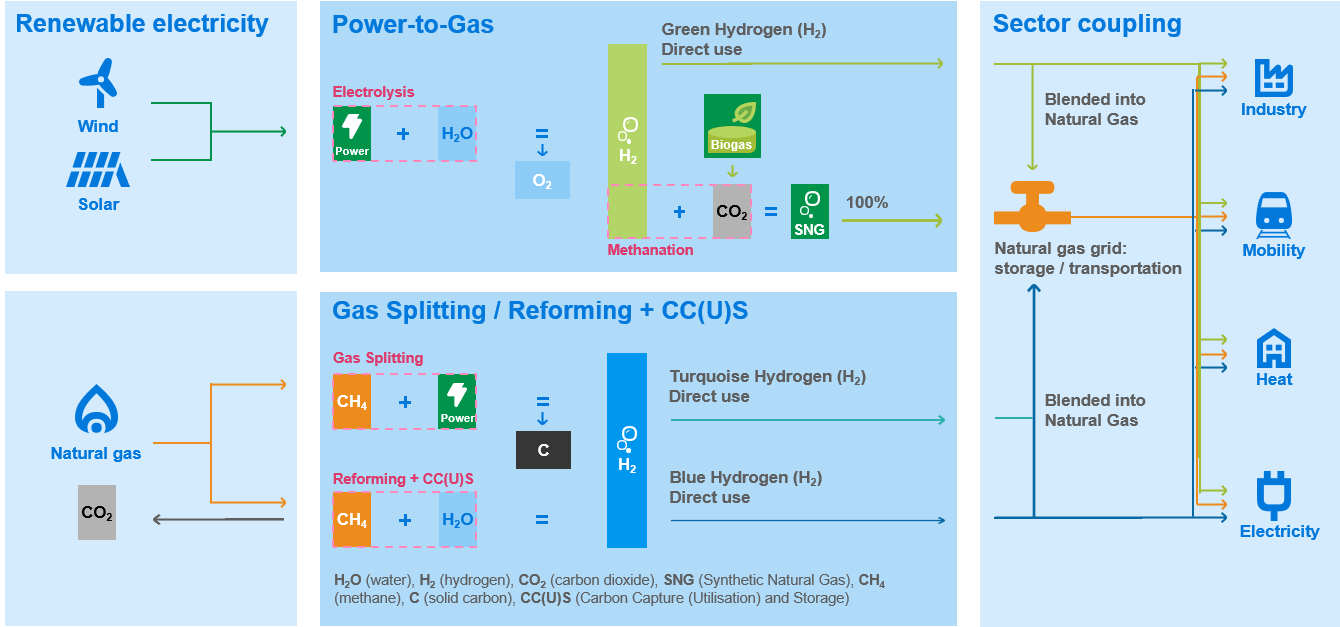
Power-to-gas pilot plants
As a pioneer in the power-to-gas sector, Uniper is operating two power-to-gas pilot plants in Germany at an early stage in order to further develop the potential of converting wind power into hydrogen and synthetic methane.
Pilot plant Falkenhagen
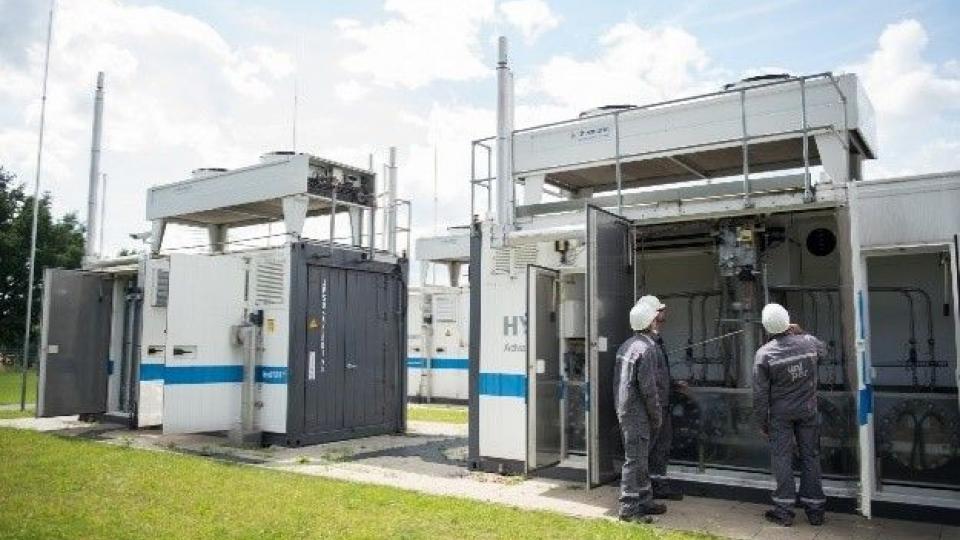
In Falkenhagen, located in the Prignitz district of Brandenburg, we have built the world's first demonstration plant for storing wind power in the natural gas grid. The power-to-gas plant takes in electricity generated by wind turbines and uses an electrolysis process to produce around 360 Nm³/h of green hydrogen, which can be fed into the long-distance gas grid. The green energy is thus flexibly available to the electricity, heat, mobility and industrial markets in the same way as bio natural gas.
STORE&GO
STORE&GO
In May 2018 the P2G plant was expanded to include methanation as part of the STORE&GO project. In this second step, the regeneratively generated hydrogen is converted into methane (CH4), i.e. synthetic natural gas, using CO2 from a bio-ethanol plant.
The methane produced in this process is synthetic natural gas that can be transported and stored in the existing infrastructure of storage facilities and pipelines without restriction and can be used at any time. It is available when sun and wind are not present in the necessary amount.
STORE&GO is investigating how innovative power-to-gas storage concepts can overcome the main challenges of renewable energy - volatile production, expensive power grid infrastructure, and lack of storage options. Linked to these challenges is the question of a sustainable, yet reliable energy supply. STORE&GO has demonstrated that new power-to-gas concepts can close the gaps related to renewables and security of energy supply to drive the energy transition decisively.
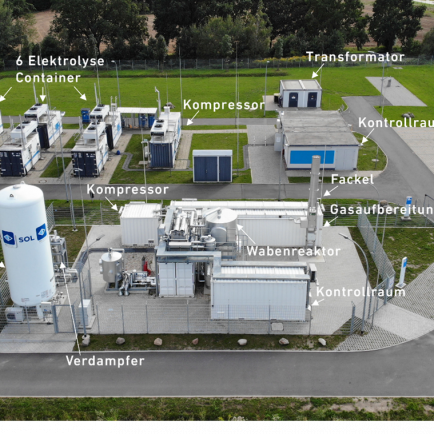
Setup of electrolysis and methanation on the pilot plant Falkenhagen
Pilot Plant Hamburg - Reitbrook
At our power-to-gas pilot plant in Hamburg-Reitbrook, we are testing an alternative electrolysis process together with our project partners: proton exchange membrane electrolysis - or PEM electrolysis for short. The project involves the development of a first prototype PEM electrolyzer for the 1.5 MW input power range. As a field test the green hydrogen produced was fed into the local natural gas grid. In PEM electrolysis, a semi-permeable polymer membrane at the electrode produces hydrogen under high pressure. Advantages compared to conventional alkaline electrolyzers are lower energy losses and purer hydrogen.
Latest news about Hydrogen
Want to know more about Hydrogen news? Search "Hydrogen" in Uniper Media Center!
Associations and initiatives
Uniper is actively involved in a number of hydrogen-related associations and initiatives to shape the future of hydrogen, pave the way for a successful future and promote decarbonization.
EU
Germany
Netherlands
UK
Nordics
Contact
Contact us via [email protected] and find out how your company can benefit from Uniper’s hydrogen solutions.

